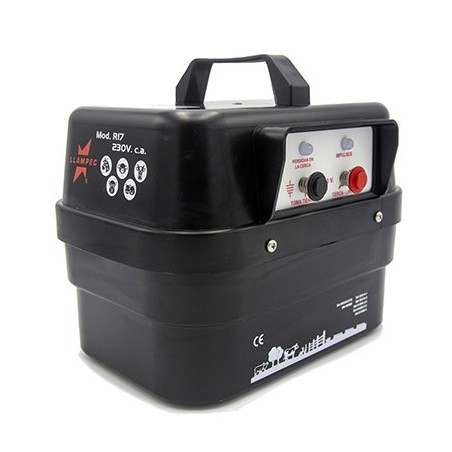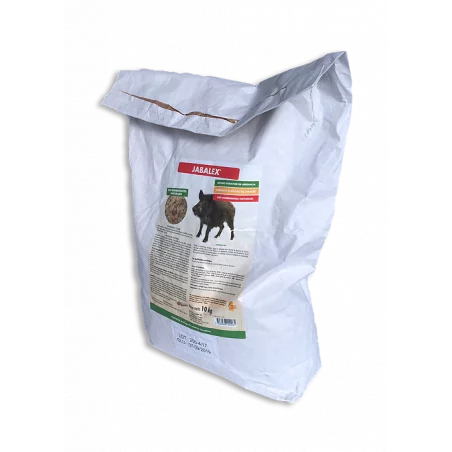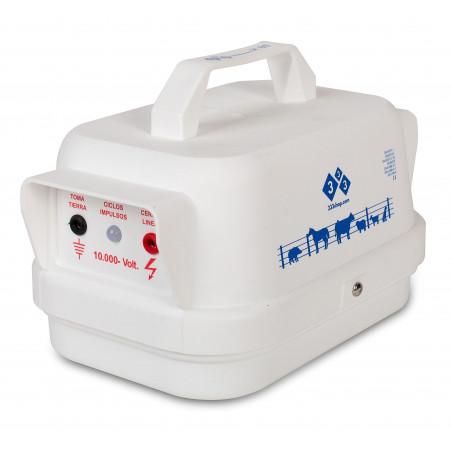African Swine Fever (ASF) has threatened the swine industry of Southeast Asian countries, including the Philippines, since 2019. Given the severity and the economic impact of the ASF epidemic, understanding the spatial and temporal patterns of the disease is crucial for devising effective control measures.
Methods: Here, data on 19,697 ASF farm outbreaks reported in the Philippines between August 2019 and July 2022 were analyzed to estimate the space–time clustering, seasonal index, and directional spread of the disease.

Results: Central Luzon was the region with the largest number of reported outbreaks, followed by Regions I and II, whereas Western and Central Visayas remained ASF-free throughout the study period. ASF outbreaks were temporally and spatially clustered and exhibited a distinct seasonal pattern, with highest and lowest frequencies reported between August and October, and April and May, respectively. This seasonal pattern may be explained, at least in part, by a combination of environmental and anthropogenic factors, such as rain and cultural practices leading to disease spread.
Conclusion: The results here will help inform decisions intended to mitigate the impact of ASF in the Philippines and will contribute to the understanding of the epidemiological dynamics of one of the most important emerging swine diseases globally.
Hsu C-H, Montenegro M, Perez A. Space–Time Dynamics of African Swine Fever Spread in the Philippines. Microorganisms. 2023; 11(6): 1492. https://doi.org/10.3390/microorganisms11061492









